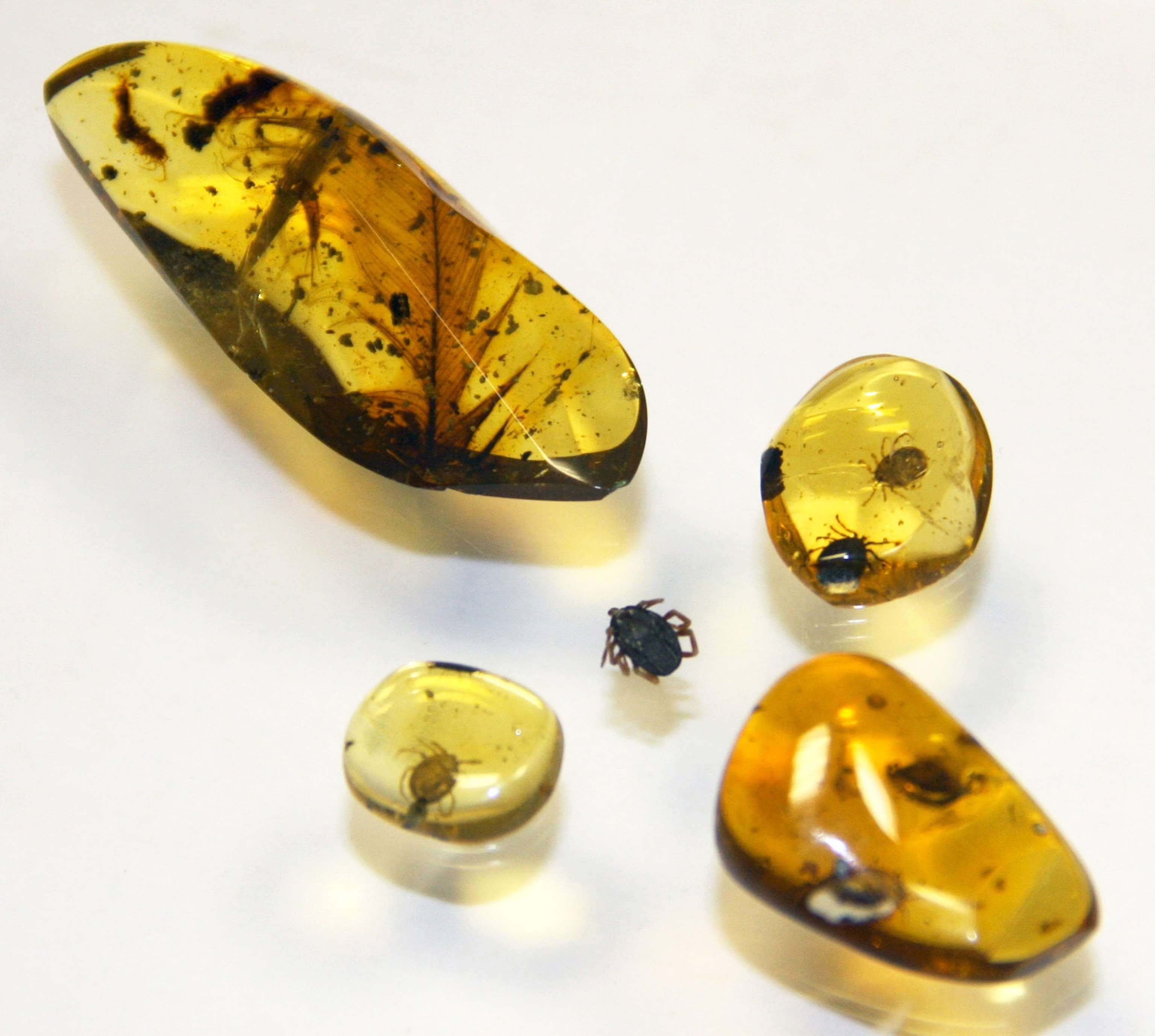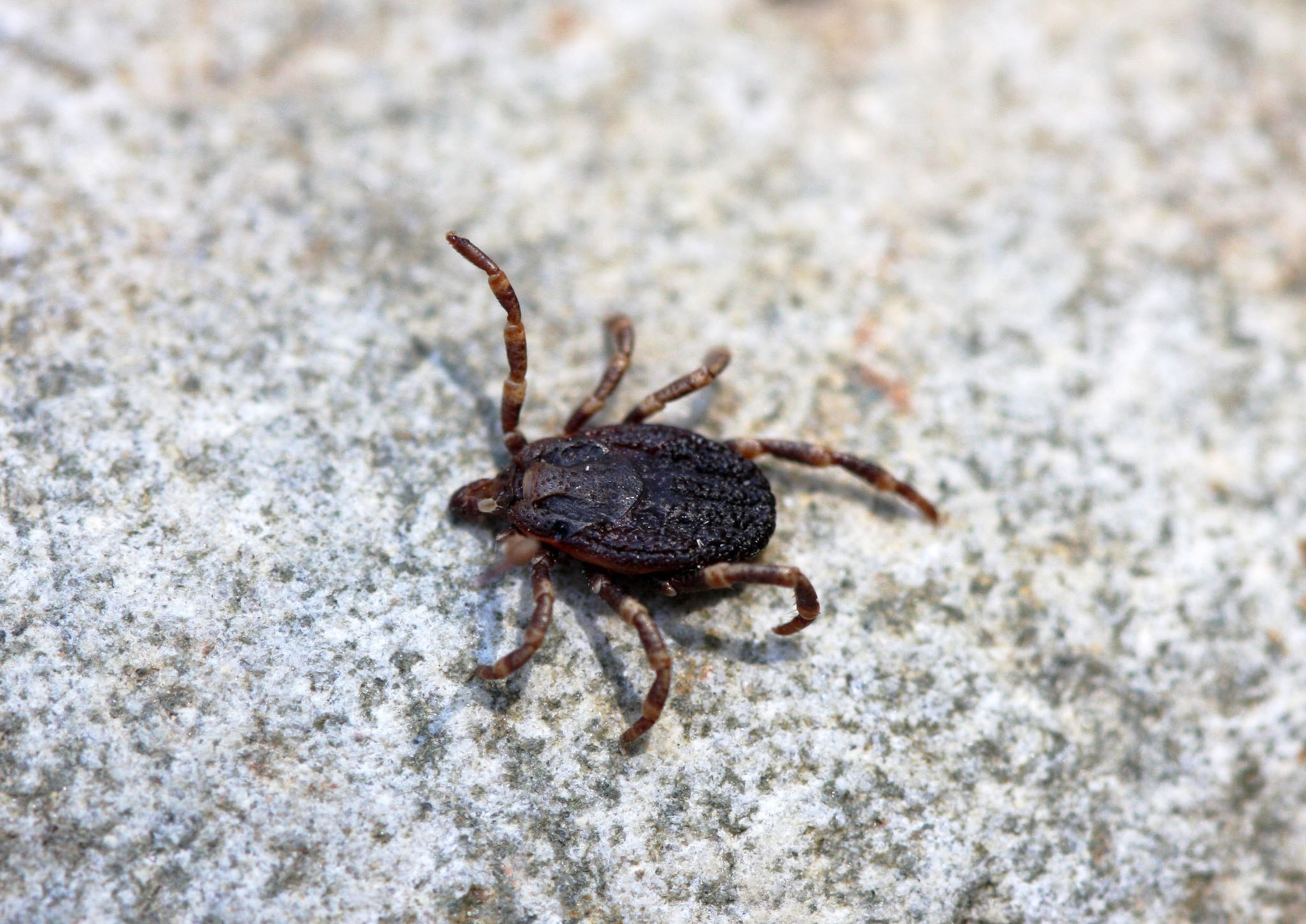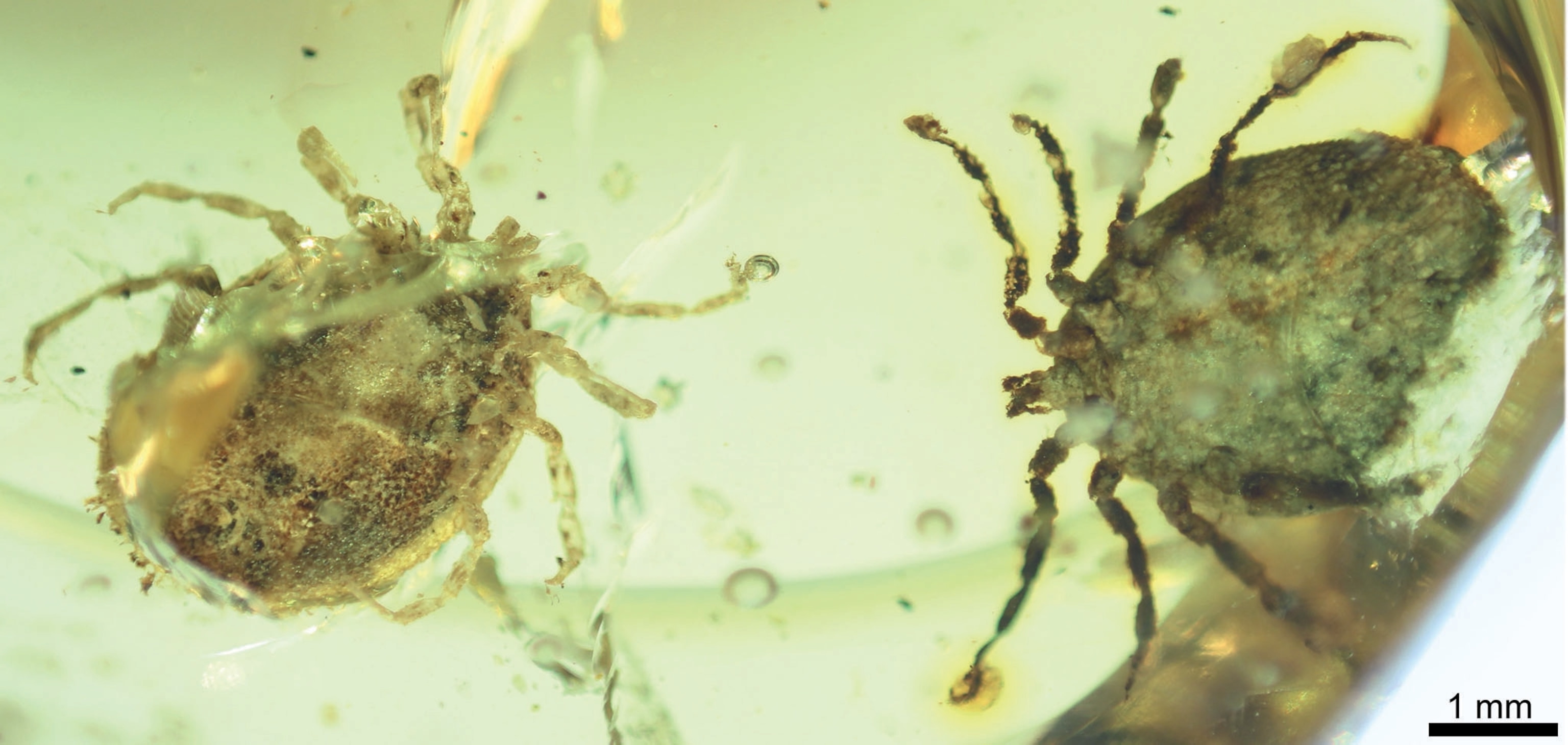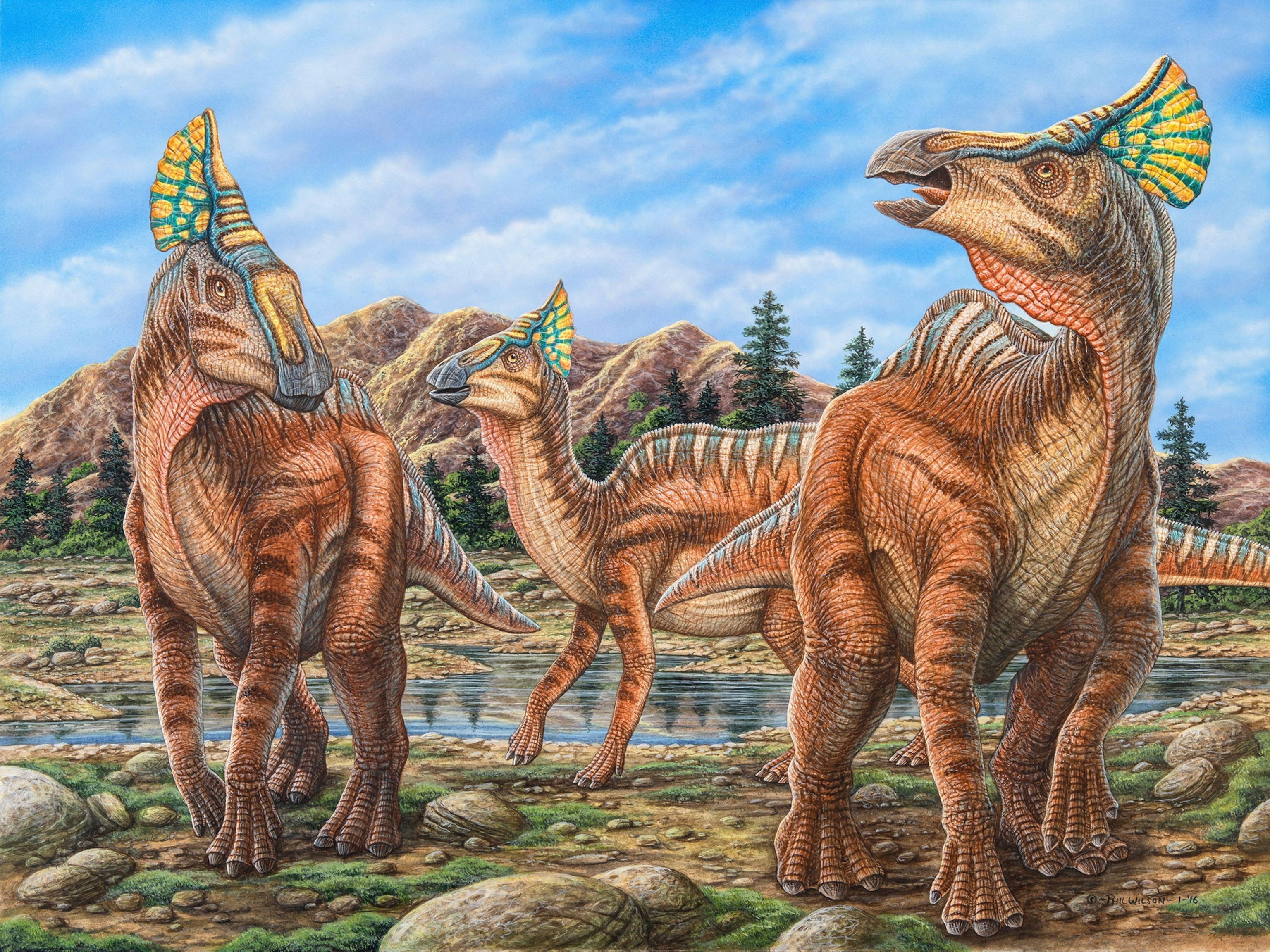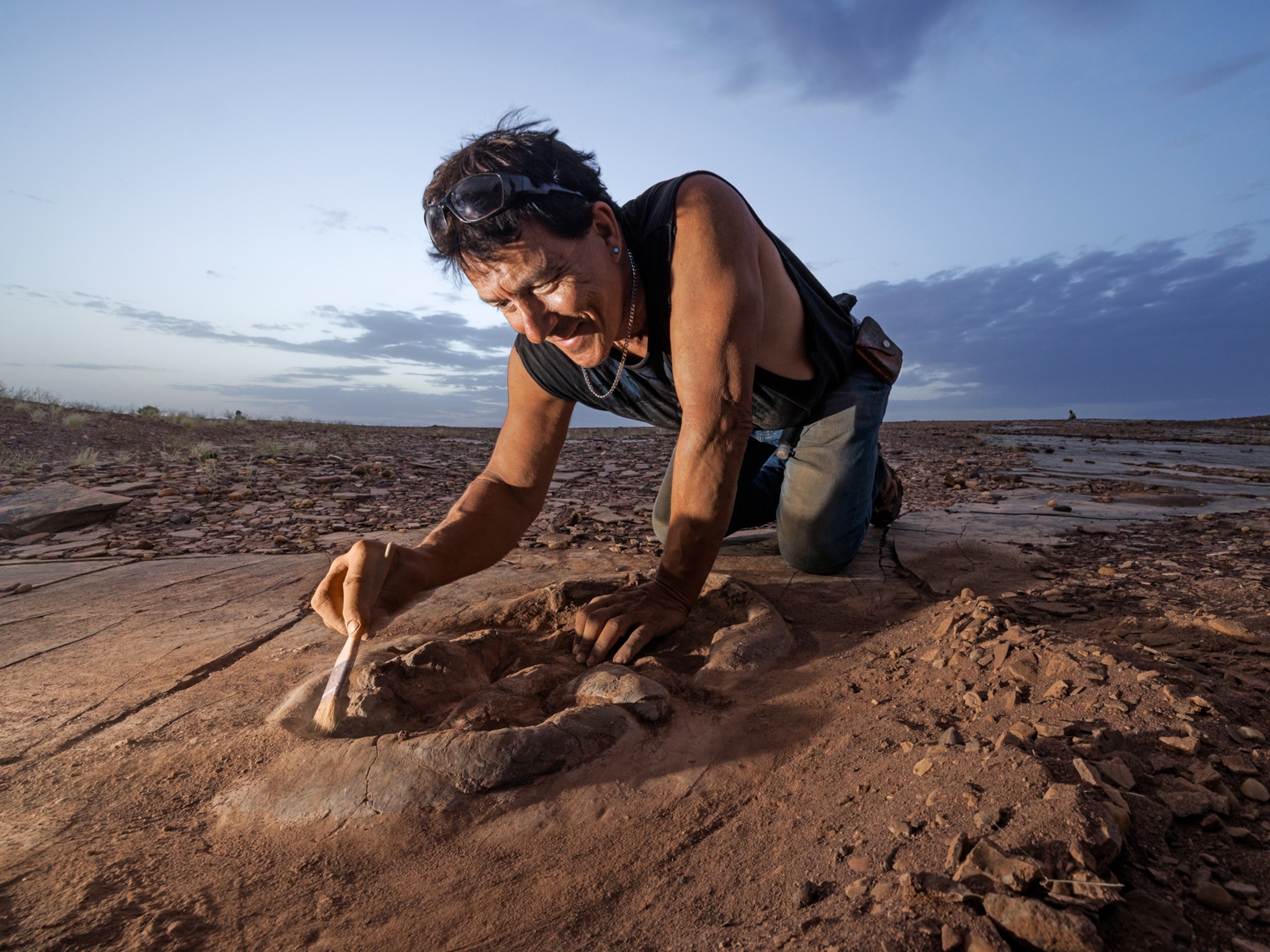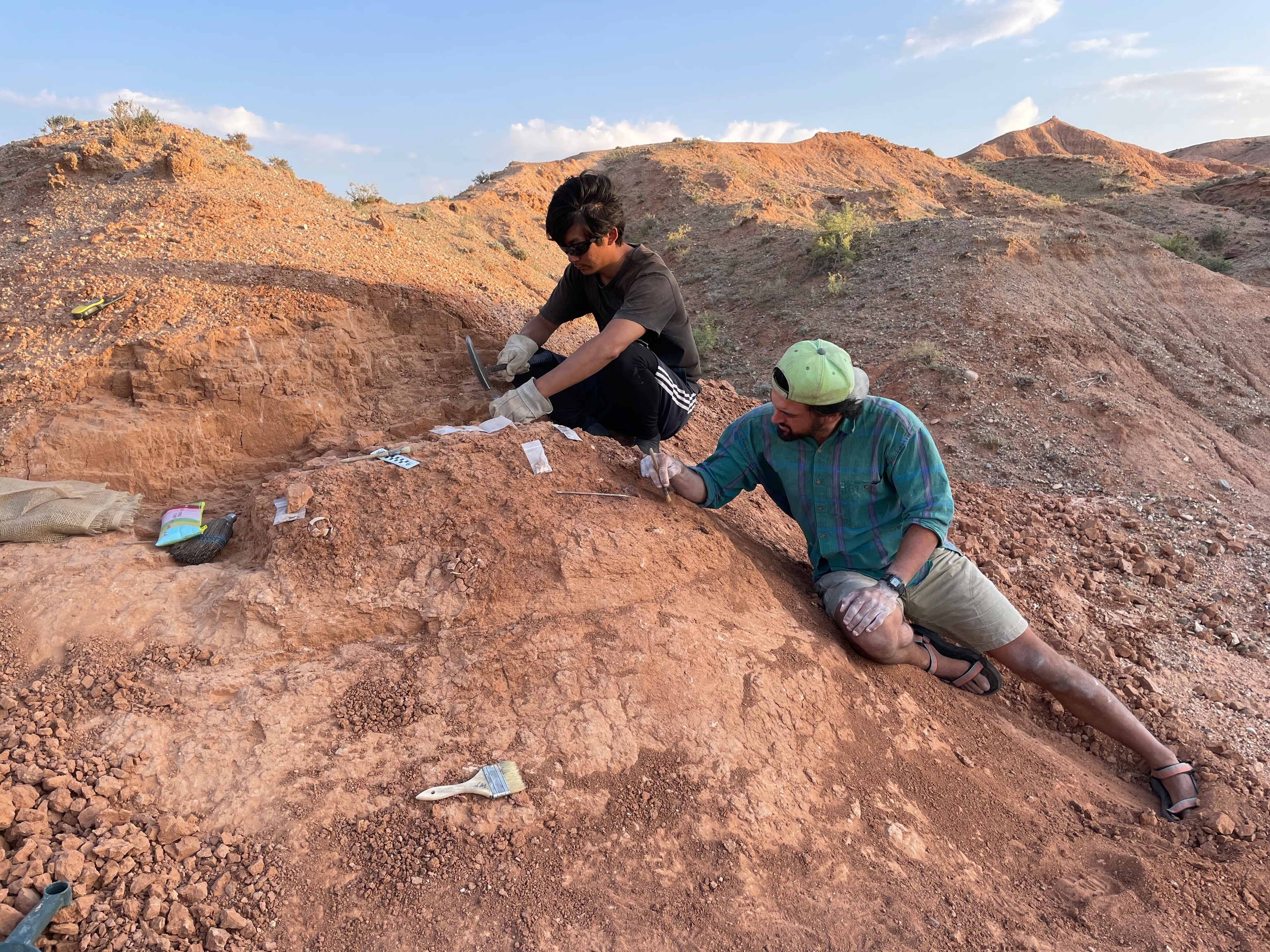Ticks That Fed on Dinosaurs Found Trapped in Amber
Tiny fossils preserved in Cretaceous resin include one parasite that was engorged when it died.
Blood-filled parasites trapped in amber have been igniting imaginations since the 1990s, when the resurrected dinosaurs of Jurassic Park burst out of Michael Crichton’s novels and onto the big screen. Now, scientists say they have found the real deal: chunks of Burmese amber carrying ticks that drank the blood of feathered dinosaurs some 99 million years ago.
One of these parasites is tangled up in a possible dinosaur feather found encased in a lump of amber. Another was found in a separate piece of amber from the same region and had swollen to eight times its original size, suggesting that it had been engorged with blood when it died.
The preserved plumage likely belonged either to a feathered dinosaur or a primitive type of bird known as an enantiornithine. These early and abundant birds still had small teeth in their beaks and went extinct along with the nonavian dinosaurs 66 million years ago. (See rare dinosaur-era bird wings found in amber.)
“We are not able to pinpoint the exact host,” says study coauthor Ricardo Pérez-de la Fuente, a paleo-entomologist at the Oxford University Museum of Natural History in the U.K. “But we can rule out modern birds, as they only appeared about 25 million years later than the age of the Burmese amber.”
The discovery, reported this week in the journal Nature Communications, offers the first direct evidence that animals in the past were also parasitized by creatures such as ticks and lice. The tiny terrors likely would have plagued all feathered animals in the Cretaceous forests of Myanmar (Burma) that produced the fossilized tree resin.
“Most wild animals are riddled with parasites, and it would seem that the blood-sucking niche would have been occupied early in the evolution of land vertebrates,” says Jingmai O'Connor, a professor at the Institute of Vertebrate Paleontology and Paleoanthropology in Beijing, China. She adds that she and her colleagues have looked for parasites in the numerous feathered dinosaur and bird fossils coming from northeastern China but haven't yet found any.
“Despite the excellent preservation of feathers, the amount of detail pales in comparison to recent discoveries from Burma,” she adds.
Ryan McKellar, an expert on amber fossils at the Royal Saskatchewan Museum in Canada, agrees that the ticks offer compelling evidence for this sort of ecological relationship in the Cretaceous. “Seeing a tick preserved in the same resin flow as a feather provides a concrete example of the ecological relationship, where most of the previous evidence has been speculative.”
Fragile Molecules
The Hukawng Valley at the northern tip of Myanmar has produced a series of exquisite amber fossils in recent years, including lizards, flowers, insects, bird wings—and perhaps most excitingly, the feathered tail of a small dinosaur and the remains of an entire baby enantiornithine bird.
The oldest known ticks prior to this discovery were also from Burmese amber of the same age. But computational studies of modern tick DNA using a method known as molecular clock dating suggest that the group first appeared about 200 to 300 million years ago. (See pictures of 230-million-year-old mites found trapped in amber.)
The five fossilized ticks the researchers examined for this study were in four pieces of amber donated by private collectors to the American Museum of Natural History in New York and the Carnegie Museum of Natural History in Pittsburgh.
One of the ticks is described as a new species, Deinocroton draculi. It was massively engorged with blood when it died. Sadly for Jurassic Park enthusiasts, the chances of extracting viable dinosaur DNA are almost non-existent. The tick was preserved near the surface of the amber and was not completely enveloped by tree resin, so it is not complete. (See the dramatic impacts of illegal amber mining in Ukraine.)
The researchers looked for the chemical signatures of iron in any preserved traces of blood that may have remained, but they did not succeed, as iron is also common in mineral contaminants in these fossils.
DNA is an extremely fragile molecule and is very unlikely to persist in such ancient fossils, says Pérez-de la Fuente. He adds that the conditions of fossilization in amber, such as extreme dehydration and great changes in temperature, are awful for the preservation of DNA.
Instead, the researchers are excited about these samples because they showcase an additional parasitic critter. Along with the ticks, the team found microscopic hairs from carpet beetle larvae, creatures that are commonly found in birds’ nests today.
“A special feature of amber is the ability that the resin has to capture small pieces of the environment in an almost unaltered way,” says Pérez-de la Fuente. Based on the amber contents, the team argues that the fossils offer hard evidence of nesting behavior in the host animals.
“Our ticks, which have beetle larvae hairs attached, had visited feathered host’s nests prior to becoming entombed in resin.”
According to McKellar, the results “show just how much can be gleaned from specimens preserved with the level of detail that amber provides.”
Follow John Pickrell on Twitter.

